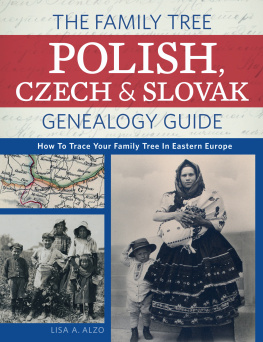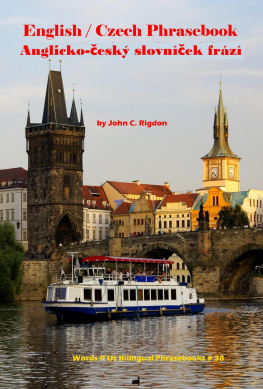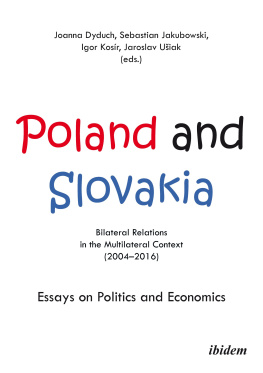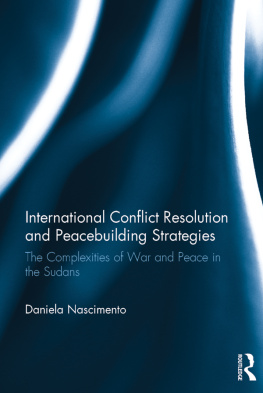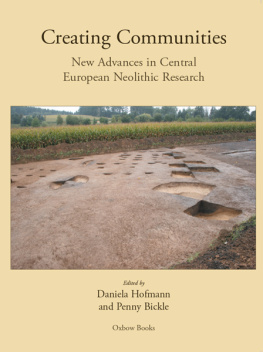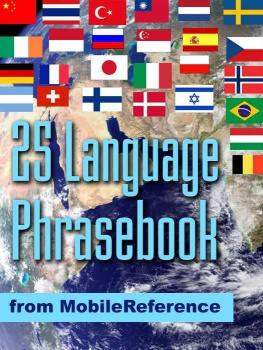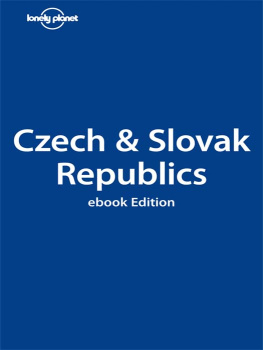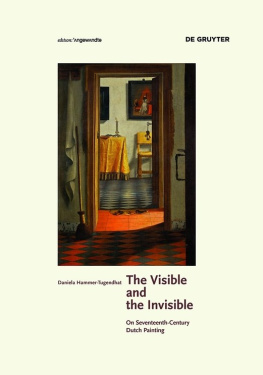Daniela Kapitnov
Samko Tle's Cemetery Book
Daniela Kapitov was born on 30 July 1956 in Komrno, a Slovak town on the Danube, opposite the Hungarian city of Komrom. She has come to fiction fairly late in life. She trained as a theatre director in Prague, and directed in both Slovak and Czech theatres. She works for Slovak Radio, writes opinion pieces and teaches creative writing at the University of Constantine the Philosopher in Nitra.
In 1996 she entered a short-story competition: her entry 19261996 won first prize and publishers interest. Samko Tles Cemetery Book came four years later, under the pseudonym of the narrator, Samko Tle, an intellectually and physically stunted creature and arch-conformist who enthusiastically embraces every kind of prejudice under Communism and as it continued in the newly independent Slovakia. This book was a sensation when it appeared in 2000; still a best-seller in its fourth edition, it has been compared to Forrest Gump, and Samko Tle was seen as a reincarnation of Oskar Matzerath in The Tin Drum or Holden Caulfield in The Catcher in the Rye in fact he is a genuinely original creation, who is gradually revealed as reflecting the worst in human nature. Samko Tles Cemetery Book has been translated into Czech, Swedish, French, German, Arabic, Polish and Japanese and now appears in English.
Since then, Daniela Kapitov has switched to what may seem at first sight to be pastiches of Agatha Christie and other traditional detective novels. Her second novel, Keep it in the Family (Nech to zostane v rodine, 2005), begins with the acerbic irony of Muriel Spark, before reaching its conclusion through an interrogation by the Slovak equivalent of Hercule Poirot. In 2007 she published Murder in Slopn (Vrada v Slopnej), where virtually all the detectives of European fiction descend on the case, each reaching their own conclusions.
Daniela Kapitov has, like Muriel Spark, an acerbic black humour. She has little time for local nationalism, or the new Europhile materialism, and is impatient with critics and readers who cling to romantic ideals. Her work introduces an ironic, but liberal (and quietly feminist) streak into Slovakias stream of thought. One of her comments is particularly telling: What I have in mind is art produced by specific individuals, which shapes the cultural awareness of a nation. This is what determines what is generally believed to express how we feel about life. [] It is very hard to accelerate cultural progress. It is much, much easier to replace an outdoor privy with a flushing toilet.
Some guidance for the British reader
Time and place
The novel is set in the mid-1990s, a few years after Slovakia has been divorced by the Czech Republic, but while memories of the Communist past are still fresh, in the town of Komrno on the Danube, where Slovaks mingle, often resentfully, with Hungarians and Roma (Gypsies).
Currency
The Slovak crown was at the time worth about 45 to the pound. (In 2009 Slovakia adopted the euro).
Spartakiad
Mass gymnastics event regularly held in Communist Czechoslovakia
Some characters and how to pronounce their names
We have decided to keep Slovak spellings of characters names, but here is a guide to pronouncing the more problematic ones. All names are stressed on the first syllable:
Samko Tle pronounce as Samko Tahley
Jn Bo-Moj Yahn Bosh-Moish
Alf. Nvry Alf Nayvayri
Eszter Csonka Ester Chonka
Zoltn Csipke Zoltahn Chipke
ebrk Zh [s as in leisure]ebrahk
Osladiov Osladichova
udovt Bucz Lyudoveet Boots
Katua Szedlekov Katoosha Sedeelekova
In Slovak, a woman or a girl has the suffix ov added to the surname of her husband or father.
Kezt cskolom is a Hungarian greeting that roughly translates as I kiss your hand. Its equivalents in Slovak (Ruky bozkvam) and German (Kss die Hand) were widely used in countries of the former Austro-Hungarian Empire.
Julia Sherwood and Donald Rayfield
In Komrno there is a Cemetery. It is very nice. It is big and spacious. It has a lot of graves. The graves are very nice. Theyre laid out in rows. Or not, sometimes. There are gravestones and crosses. Theyve got names on them.
People go to the Cemetery. Some go in the morning and others in the afternoon. Some people bring little rakes. And whatever.
The Cemetery has two gates. One is for people and the other is for corpses. Corpses are dead people what have died. Theyre in the mortuary. A mortuarys a building meant for corpses. Outside the mortuary theres a courtyard. There are often funerals in the courtyard. Its very nice.
There are people who work at the Cemetery. Theyre very nice and like to help other people. They dig holes and look after them. They wear suits. The suits are very nice. In the winter the Cemetery is cold. In the summer it is hot. In the spring the cemetery comes to life.
Lots of funny things and sad things can happen at the Cemetery.
I dont know what else to write about the Cemetery.
Its very nice.
Samko Tle. Writer.
Komrno.
This is the second time Ive become a writer because Ive already been a writer once. That time I wrote the first Cemetery Book. Today Ive become a writer again because its raining, and when its raining I cant collect cardboard, because its raining. But the most important thing is that my handcart is in the workshop, because my rear-view mirror has been broken off, and I dont know how to fix it because you need special tools or whatever to fix it and I cant do that, because I havent got them. My rear-view mirror has never ever been broken off before, though Ive had my handcart for twenty-eight years, because Im hard-working and people respect me for being hard-working.
The workshop is on the Island and its got special tools. The man who fixes things with his special tools is called Jn Bo-Moj and the funny thing about him is that every time he says his name, Jn Bo-Moj, he doesnt say it, he sort of sings it like this: Jn Bo-Moj. He sings his name to a sort of Jn Bo-Moj tune. But apart from that he is hard-working and people respect him, because he has a son who is very ill with elypsy, and Jn Bo-Moj has to look after him because elypsy is the sort of illness where you have to be looked after.
His sons name is Jn Bo-Moj Junior.
Theyre both in my notebook, because I have three notebooks. One is called Christian Names, the other one is called Surnames and the third one is called Died. Thats where I write down everyone I know, because if I didnt write down everyone I know, how would I know who I know, right?
Right.
Ive got Jn Bo-Moj and Jn Bo-Moj Junior in my Surnames notebook down under the letter B and also under the letter M, because you never know whats what and why and how.
Anyway.
Ive got lots of first names in my Christian Names Notebook. Mostly theyre Peters. Ive got thirty-one Peters, except that one of them writes his name like this: Petr and thats the Czech way of writing it but Ive got him down as Peter anyway because hes not a Czech, hes a Hungarian. The thing is, when he was born, the person in charge of writing peoples names in the Documents left out the second E, but that was when we still had Czechoslovakia so it was OK to write it that way: Petr, but its not OK to write it like that now, and hed be in big trouble for that, because in proper Slovak you have to write it like this: Peter. Or else change it.
Because thats the law.



